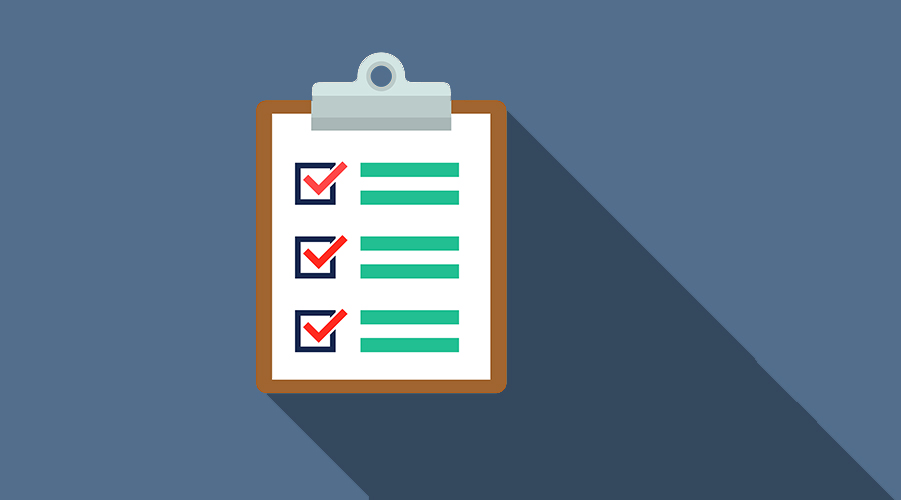With workplace smoking policies, a vaping at work policy should be included, too.
Many of us have seen smokers who disappear for longer (and more often) than their designated 15-minute breaks.
Given the addictive nature of tobacco, it makes sense why smokers struggle to stay within the breaks they may be allowed by employers in a workday. Because e-cigarettes often contain nicotine, which is addictive, people who vape risk having a similar experience as cigarette smokers.
As a result, this makes the impact of e-cigarette users vs. cigarette smokers predictably alike in the workplace.
An e-cigarette is a battery-powered device that provides the user with inhaled doses of a vaporized liquid. Generally, the vapor contains nicotine and is inhaled as an alternative to a tobacco cigarette.
Think vaping doesn’t affect your workplace? Download our report Vaping in the Workplace: A Bigger Issue Than You Think.
Wondering if you should create a vaping at work policy? Here are 3 things to consider:
-
The same rules apply.
Currently, nearly 11 million adults use e-cigarettes. It’s important to know that although e-cigarettes are safer than cigarettes, they are still not safe. In fact, they can serve as a gateway into smoking cigarettes, especially among those that have never smoked.
You’ve probably heard or seen the language “smoking is prohibited, including the use of e-cigarettes.” This is becoming increasingly popular among employers, airlines, cities, and states.
For example, in the midterm elections, Florida voters passed Amendment 9, which adds the use of e-cigarettes to the state’s clean indoor air law. Amendment 9 also includes private residences if they are used for childcare or healthcare.
By creating a vaping at work policy, you protect everyone’s right to breathe clean air at the workplace.
-
The productivity hit.
Smoke or vape breaks take a toll on what gets done. Productivity lost during smoke breaks accounts for approximately $3,077 in losses per year per smoker, based on an estimate of 5 smoke breaks throughout the workday.
With vaping specifically, the impact could be even higher.
For example, we had an employer share with us that each e-cigarette user at its workplace takes 8 breaks per day. Unlike cigarettes that have a natural stopping point when the cigarette is gone, vape breaks have no defined “end.” This can translate into longer breaks—in addition to more frequent breaks.
By including e-cigarettes in your workplace smoking policies, you send a message that everyone’s productivity at the workplace matters.
-
A reimbursable cessation aid?
Another potential impact of vaping is you may have employee requests to include e-cigarettes on your list of reimbursable cessation aids.
We have not yet heard of an employer including e-cigarettes as a reimbursable aid, but it’s something to be prepared for with your vaping at work policy related to tobacco cessation.
Instead, we recommend that you stick to cessation aids approved by the Food and Drug Administration. While e-cigs are used by some to quit regular cigarettes, more often they allow people to switch back and forth. The result is many people end up dual-using rather than quitting either one.
Until they are fully regulated and approved as an aid to quitting, we do not recommend that employers add them as a reimbursable aid.
Give e-cigarette users tailored tools to quit
In addition to integrating e-cigarettes into your workplace smoking policies, another way to support a healthy workplace is by offering cessation support specifically for vaping. The EX Program offers tailored support for people who vape. See more more about the support we provide for these individuals in our Program page.
See the financial impact of vaping in our blog How Much Does Vaping Cost Individuals and Employers?




